Glasnevin Cemetery holds a special place for James Joyce devotees, as Chapter Six, "Hades", from Ulysses is set in the grounds of the Cemetery. In the Hades chapter, Leopold Bloom accompanies Simon, Stephen's father to Paddy Dignam's funeral and decides from then on to reject morbid thoughts and to embrace 'warm full-blooded life'. I loved this chapter. It takes the characters forever to arrive at the Paddy's funeral and this is just how I felt on Bus #4. It is as Joyce describes it, endless rows of every kind of stone statuary. Like Pere Lachaise and Highgate, it is an invitation to a tea party with the movers and shakers of history. Dave and I never miss a chance to see an extraordinary cemetery and Glasnevis is no exception.
Our five days in Dublin are drawing to a close. We leave for Derbyshire tomorrow for an extended stay. Allison will join us for the first five days. As grand as it has been to walk the city of Dublin and cherish every Georgian morsel of architecture from Ballbridge to Glasnevin, if we don't slow down, I could very well be joining the 1,000,000 permanent residents at my new favorite cemetery.
It is a very powerful Who's Who in the lexicon of Irish saints and martyrs. There is an audio tour that runs through some powerful players on the stage of Irish freedom. The map is not helpful but we manage to figure out who to visit and which story to follow. The 22 listed stories are poignant and rich with pathos and irony. Once again, all three of us were rapt observers.
Daniel O'Connor 1775-1847-The Great Liberator
.....was the acknowledged leader of Ireland’s Roman Catholic majority in the first half of the 19th century. He mobilized Catholic Ireland and, in doing so, he helped to secure Catholic Emancipation in 1829. Known as ‘the Liberator,’ O’Connell would go on to be elected to the United Kingdom Parliament, twice. He would pursue liberal and reform policies, and would come to be known, internationally, as an abolitionist. However, he would ultimately fail to achieve his main goal; Repealing the 1800 Act of Union but repealing The Penal Laws....no small task.
Strictly enforced from 1667-mid-1800's, but dating from Elizabeth I, under the Penal Laws, the Catholics could not hold commission in the army, enter a profession, or own a horse worth more than five pounds. Catholics could not possess weaponry and arms, could not study law or medicine, and could not speak or read Irish or play Irish music. They could not benefit from owning property or seek representation. O'Connell was, The Great Liberator. In light of Glasnevin, he secured Catholic burial rights, in fact, he passed a bill that a burial could have any religious service or none. It is almost unthinkable that this suppression could be possible.
Daniel O'Connell was an Age of Enlightenment Thinker.
If you recall James Joyce's great fuss of a funeral, in Ulysses, the funeral of Paddy Dignam, his great Jewish pal, buried in Glasnevin, as mentioned above. Is this Joyce's nod to O'Connell? Any one can be buried in any religion they wish at Glasnevin.
I thought this was interesting. Daniel O's uncle sent him to France for law school but in 1791, it was a bit turbulent in Paris so he finished his education in London. He had a dread of mob tactics from the experience in Paris. ^^ I should think so. Daniel is worth a word or two.
Michael Collins Michael_Collins_(Irish_leader)s (Irish: Mícheál Ó Coileáin; 16 October 1890 – 22 August 1922
an Irish revolutionary, soldier and politician who was a leading figure in the early-20th century struggle for Irish independence. During the War of Independence he was Director of Intelligence of the Irish Republican Army (IRA) and a government minister of the self-declared Irish Republic.
I found his grave to be incredibility moving. He is surround by the martyrs of the War of Independence. It is the incredible waste, his lost contribution, dead at 32, shot by an anti-Anglo-Irish Treaty zealot. He did not want to go to war again. He did not think IRA could withstand another conflict.
He died a month before my mother was born. I wonder what the kitchen table conversation at my grandmother's must have been on hearing of his death.
The grave of Eamon de Velera (1882-1975) was counted. What a long, eventful life! He negotiated with Lloyd George and died as Prim Minister during the tenure of Harold Wilson. You might as well be talking about the distance of 500 years.
...
For all that is done and said.
We know their dream; enough
To know they dreamed and are dead;
And what if excess of love
Bewildered them till they died?
I write it out in a verse—
MacDonagh and MacBride
And Connolly and Pearse
Now and in time to be,
Wherever green is worn,
Are changed, changed utterly:
A terrible beauty is born.
Easter 1916 William Butler Yeats
Speaking of the man himself, Yeats' Muse, the divine Maud Gonne, is also buried at Glasnevin.
Click on her name to read a delightful article from the Irish Independent. Oh, my, poor William Butler Yeats. He loved her with a desperation. He asked her to marry him many times. He wrote plays about her and poems. Alas, she told him that she had made him a better and more famous poet by rejecting him. She was a beauty but one tough suffragette and Republican.
Why should I blame her that she filled my days
With misery, or that she would of late
Have taught to ignorant men most violent ways
Or hurled the little streets upon the great.
(from 'No second Troy', 1916)
WB Yeats
James Joyce’s very own Nora Barnacle worked as a waitress in Lincoln’s Inn. It is relatively untouched since then…like so much of Dublin, vibrant, varied, current and, yet, unchanged.
Here is a bit of a mix of photos for tone and feeling. We are satisfied, for the moment, but could return again so easily. It has all just left us wanting more.




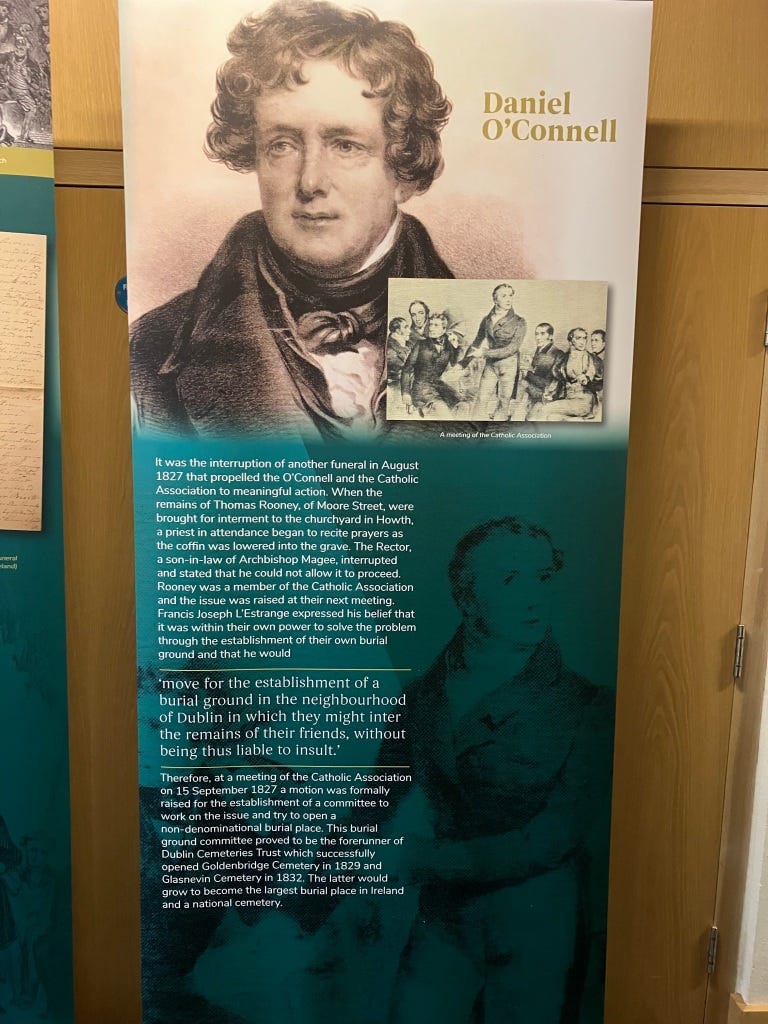

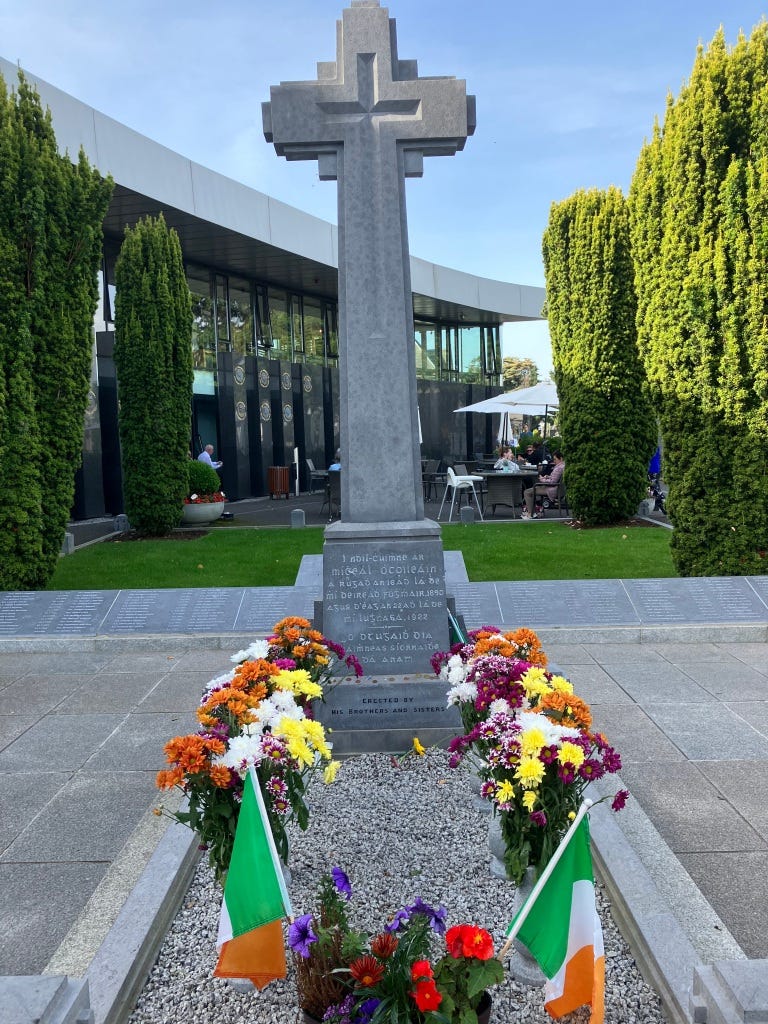
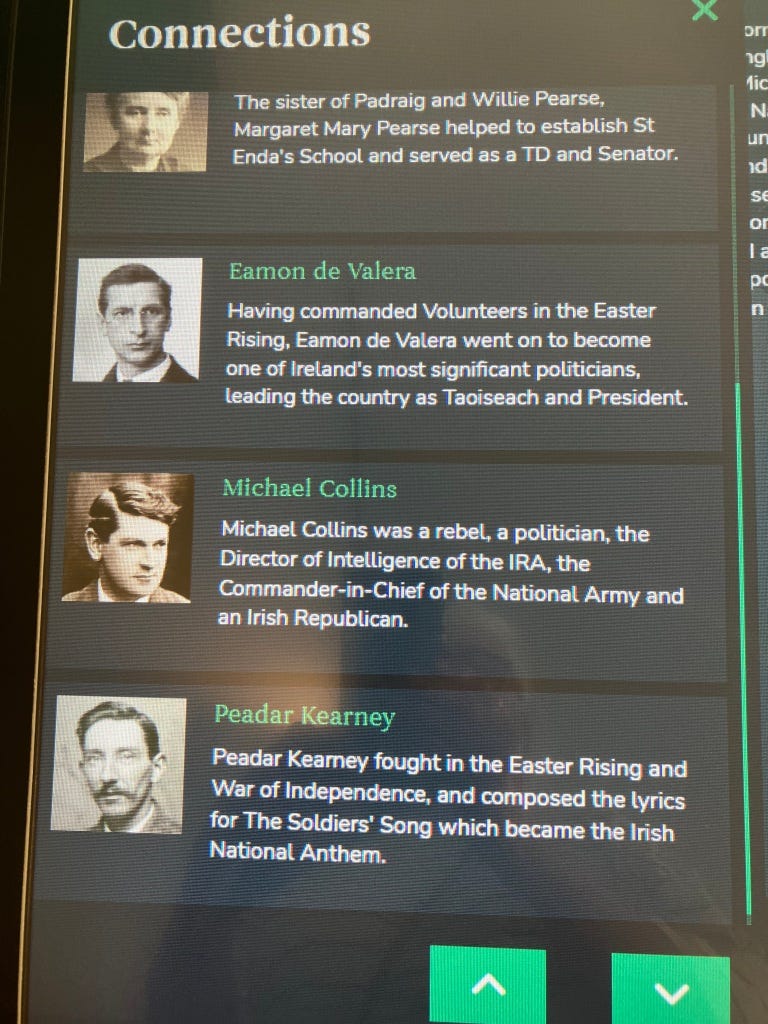
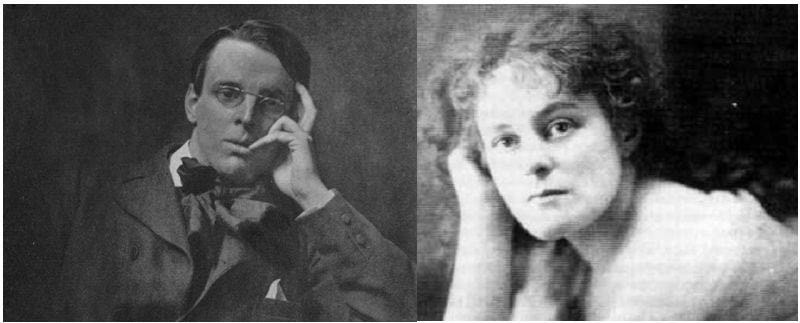
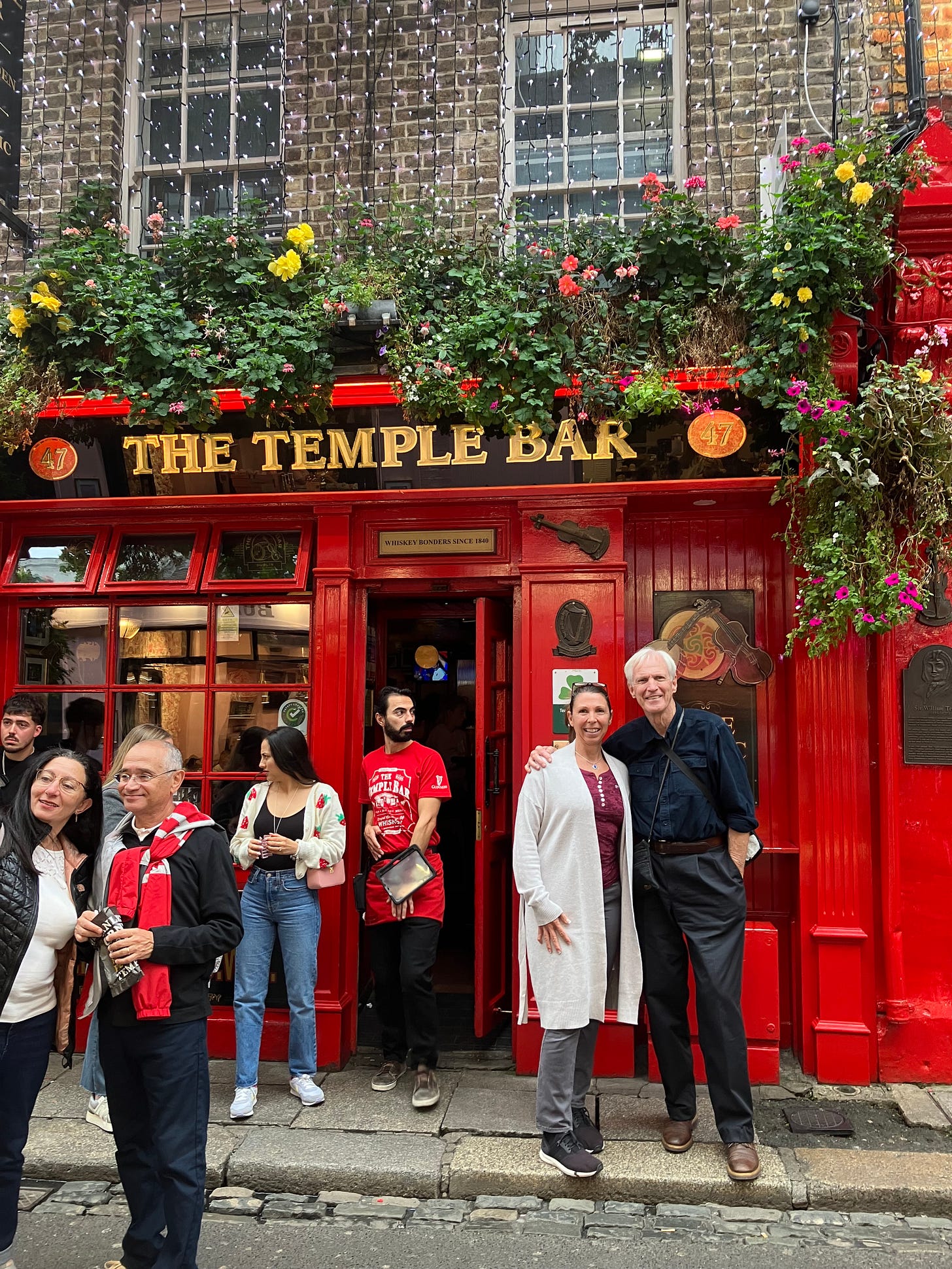

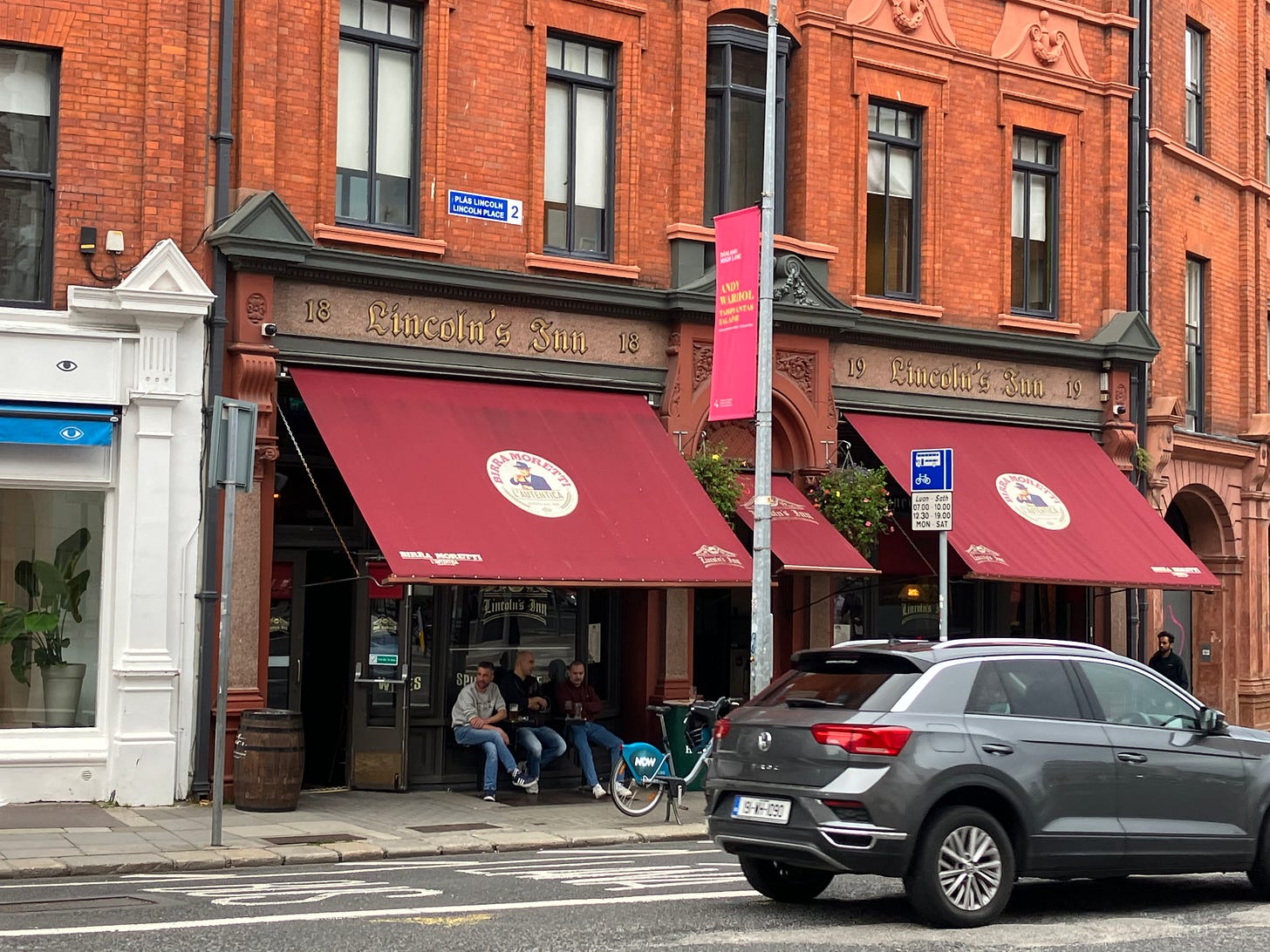

Beautiful words, Mary, about a beautiful place in the world. Keep us in the loop with all your wonderful travels!